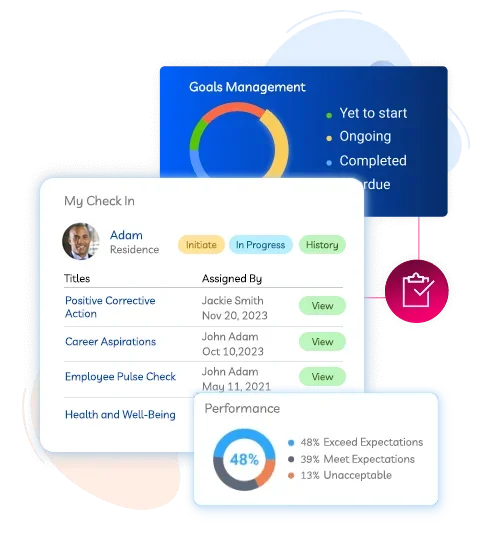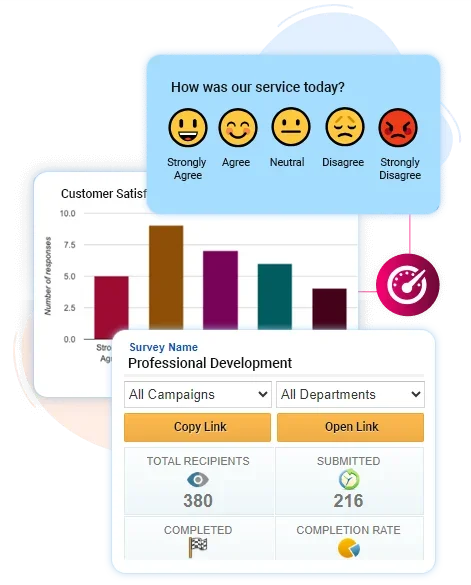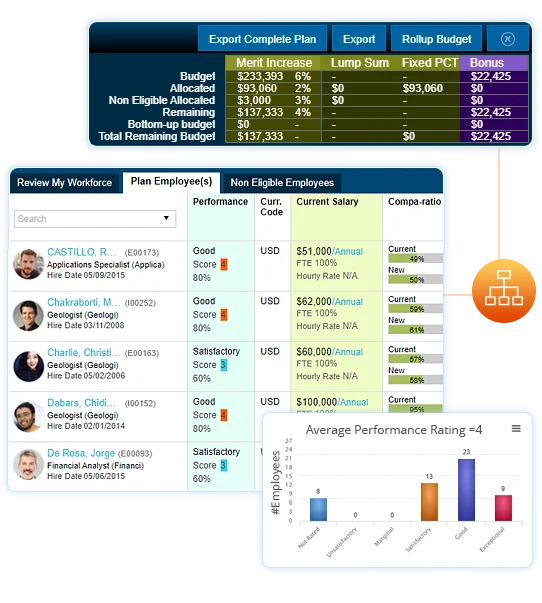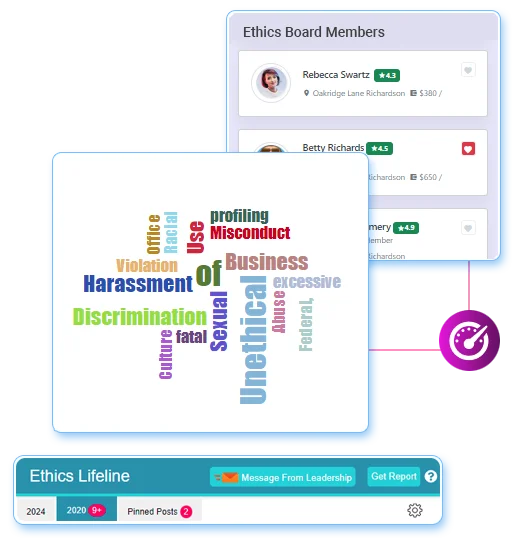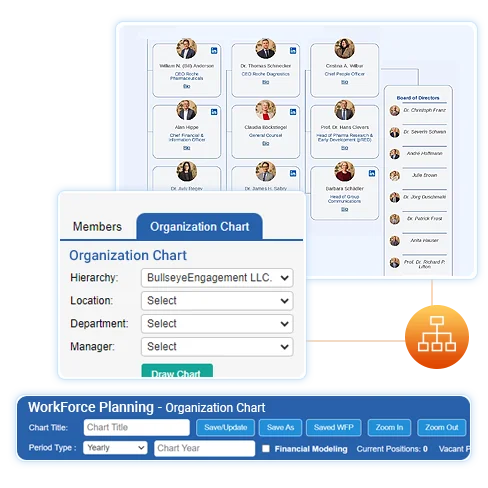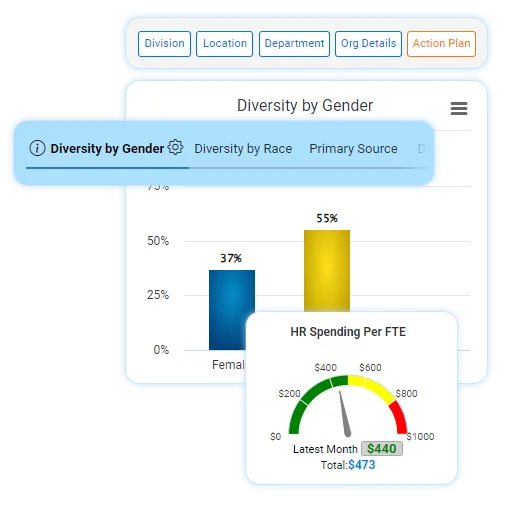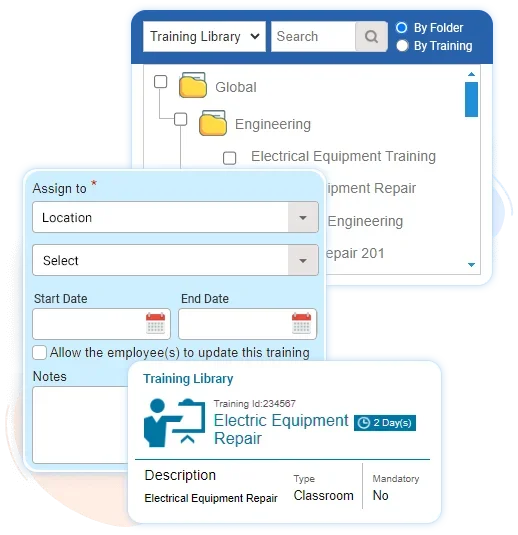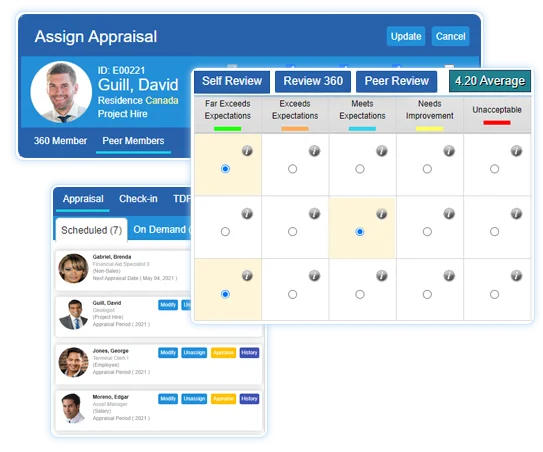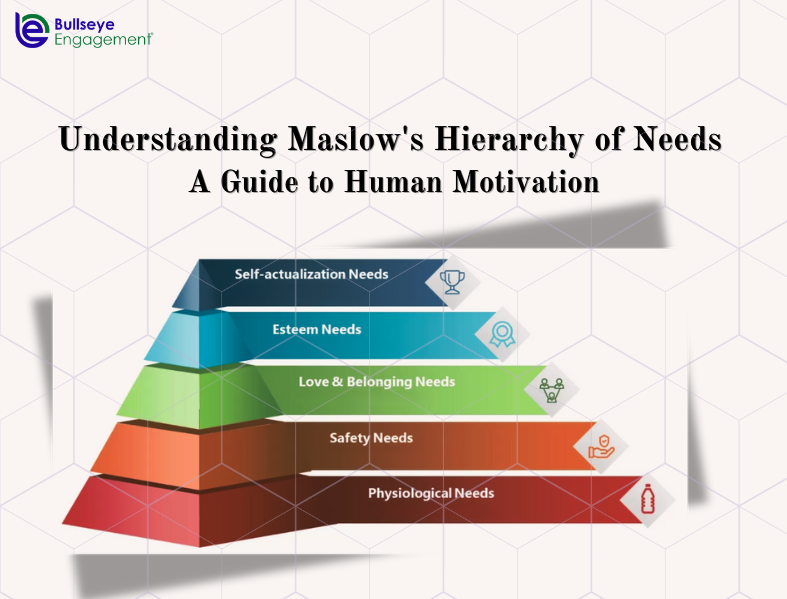Maslow’s Hierarchy of Needs is a psychological theory developed by Abraham Maslow in 1943, which outlines the stages of human growth and motivation. At BullseyeEngagement, we leverage these principles within our Employee Engagement Solutions and Performance Management Software to help organizations maximize their human capital potential efficiently and effectively.
The Foundation of Maslow’s Pyramid: Physiological Needs
Essential for Survival and Workplace Efficiency
The base level of Maslow’s hierarchy involves physiological needs—these are the fundamental requirements for human survival, such as air, food, water, and shelter. In the context of the workplace, this translates into ensuring that work environments are safe, comfortable, and conducive to well-being. Our Workforce Optimization Tools are designed to help organizations create such environments, ensuring that these basic needs are met, which is the first step in fostering a productive workforce.
The Need for Safety and Security
Creating a Secure and Stable Work Environment
Safety and security come next in the hierarchy and refer to the need for an environment free from threats and the assurance of having future needs met. At BullseyeEngagement, our Human Capital Management tools help create a stable and predictable work environment, where employees feel secure and protected. This level of security is crucial for employee performance as it allows individuals to focus on their tasks without concerns about their personal safety or job stability.
Social Belongings: Love and Relationships
Fostering Connections Through Effective Team Management
Human beings have an inherent desire to belong and be accepted by their peers. This need for emotional relationships drives the third level of Maslow’s hierarchy. Implementing Talent Management Systems that promote teamwork and collaboration is key to fulfilling this need. At BullseyeEngagement, we provide tools that enhance communication and foster a supportive team environment, enabling employees to build strong relationships with their colleagues, which can significantly boost morale and productivity.
Esteem Needs: Respect and Recognition
Using Employee Recognition Techniques to Boost Morale
Higher up the pyramid, we find esteem needs, which include self-esteem and the desire for respect and recognition from others. These needs can be met in the workplace through proper acknowledgment and appreciation of employee contributions. Our systems are equipped with advanced Employee Recognition Techniques that help managers provide timely and meaningful recognition, enhancing individuals’ sense of value and accomplishment. This not only motivates employees but also builds their confidence and loyalty to the company.
Self-Actualization: Achieving One’s Full Potential
Promoting Personal Growth in the Workplace
At the pinnacle of Maslow’s hierarchy lies self-actualization, which is about realizing personal potential and seeking personal growth and peak experiences. BullseyeEngagement’s Professional Development Tools are tailored to support employees in pursuing their career goals and personal interests within the framework of the organization’s objectives. These tools help individuals explore and develop their skills, fostering an environment where they can achieve their best and contribute optimally to the organization.
Conclusion
By integrating Maslow’s Hierarchy of Needs into workplace strategies, BullseyeEngagement provides comprehensive solutions that address the full spectrum of employee needs from the ground up. Discover the power of a fully engaged and motivated workforce with our cutting-edge solutions by visiting BullseyeEngagement.com.
